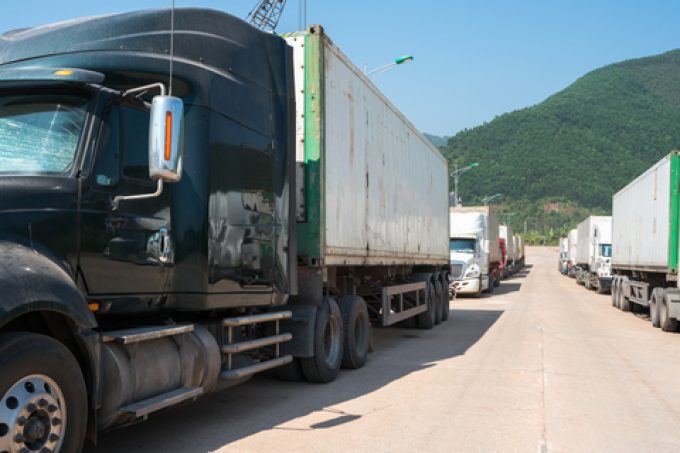Data-sharing tools will be key to managing surging volumes of commerce
Data-sharing tools will become “paramount” for ecommerce players as the sheer number of unknown items ...

Digitising queuing practices at border crossings can address the worsening congestion in the road haulage sector.
Trade facilitation officer at the International Trade Center (ITC) Alina Fetisova has urged more governments to trial electronic truck queuing systems after a number of successes around the world.
Ms Fetisova ...
CMA CGM South Korean staff strike over bonuses after bumper 2024 profit
'Another painful headache for shippers' as Asia-N Europe rate rally ends
Amazon Air Cargo partners-up for new transpacific route into the US
MSC switches two more Asia-Europe port calls from congested Antwerp
Ports and supply chain operators weigh in on funding for CPB
Nightmare for Bangladeshi exporters as congestion and tariffs bite
Carriers introduce surcharges as congestion builds at African ports
CMA airline returns two freighters, while ANA takeover of NCA looms

Comment on this article